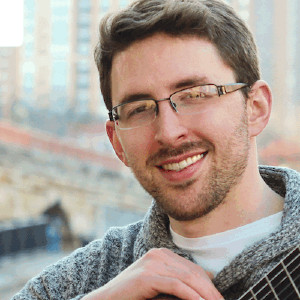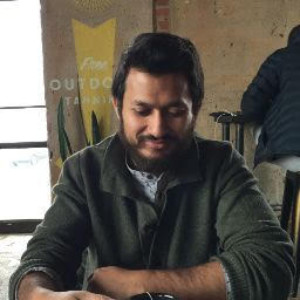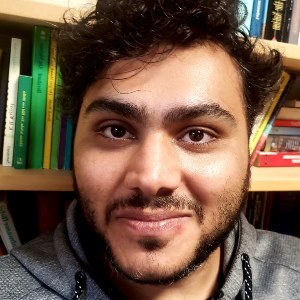Storytelling
Storytelling in the broad sense of the word can mean many things. It can mean speaking unamplified or amplified, live or recorded. It can mean using words made up of letters of an alphabet, or symbols or pictures presented on various surfaces, including cave walls. It can mean speech and body movements presented live on stage, or recorded on video and film. It can mean various forms of artwork, including paintings, sculptures, weavings, etc.
We launched a new OLLI Storytelling SIG. Storytelling, in the narrow sense, means live speaking with others on the Zoom meeting platform. I consider the “task” of learning to navigate ourselves on Zoom to be equivalent to the struggle we all went through while learning how to ride a bike. In the beginning there were some failures, but in the end we learned how to ride a bike and the result was that bike-riding opened to us a new world of self-transportation and the ability to hang out with both old and new friends, just like Zoom is doing today for OLLI members.
At first I thought that a Storytelling SIG would be a form of communal-produced entertainment. And it probably is. But after a couple of meetings I have now come to understand that it is more, a lot more than just entertainment. It is a vehicle that produces trust among members. It produces intimate and interesting relationships with other OLLI members, but actually better and deeper relationships than those we were able to make while participating in in-person classes. I think that it is fair to say that, so far, it has given each of us fresh and wholesome feelings about others and about ourselves. In other words, it has been a lot of fun.
An Anthropology of Storytelling
Storytelling is one of the most basic and foundational of all human activities. Storytelling precedes myth-making, the development of archaic religions, and the formation of culture. As it relates to the hominization process of man, the abstract desire for individuals to tell and hear stories precedes language itself; and that desire, which was not yet able to be articulated, was the engine for the development of what came to be known as language. That desire and that ability to speak and to tell stories prompted the evolution from prehuman hominids into the status of full human beings. The transformation resulted from encounters with the archaic sacred: a transcendental, or beyond-human force that both caused and cured internecine violence that needed to be explained, or at least needed to be talked about. It was those very early individuals who encountered the sacred that in turn, gave rise to what we now call human consciousness of oneself, of others, and of the world “out there” around us.
Mimetic theory gave a name to that transcendental force that transformed violence into the sacred: the “Scapegoat mechanism.” The individuals who experienced the sudden, profound, and awe-inspiring transformation from violence to peace needed a way to explain it to themselves and to others. At a date much earlier than the Mimetic theory, the Hebrew prophet Isaiah had a name for that force of violence, before it was transformed or sequestered into a sacred peace. He called it the “Overwhelming Scourge” because it was then, and still seems to be today, outside of human control. Pre-Hebrew, archaic peoples called the phenomenon the work of god, or the gods.
Erich Auerbach published in 1946 a text outlining his discovery of the two basic “styles” of the representation of reality in Western literature. In text form, they were displayed in Homer’s poems and in the Hebrew Scrolls, aka the Old Testament of the Bible. The style differences reflect the different kinds of encounters with the sacred experienced by individuals in Greek and Hebrew cultures. The deep difference between the two styles concerns each style’s attitude exhibited with regard to the truth of what they narrated.
The Greeks, who had many gods, found their gods untrustworthy and unreliable, and were therefore fearful of the sacred and did everything in their power to hide from the sacred and from the truth of what they narrated. In contrast, the Hebrews had only one God, and they held their God to be trustworthy and reliable, and therefore they embraced the sacred as well as the truth of what they narrated. Almost three thousand years later these two style differences morphed into what we now refer to as fiction and nonfiction; and that applies to storytelling used in the broad sense of the word.
OLLI member Dale A. Anderson is a retired banker and Colloquium on Violence and Religion member. A frequent OLLI instructor, his recent courses include New York Times Podcast: 1619 and Rene Girard’s Mimetic Theory texts, including The Scapegoat, Things Hidden Since the Foundation of the World, and Battling to the End. He is the leader of the Storytelling SIG and invites OLLI members in good standing to join in the fun, writing “Please join this association of interesting people and help us to expand and grow this fun, fruitful, and ancient activity!” The Storytelling SIG meets semi-monthly on Wednesdays from 3–4:30 p.m. via Zoom. To learn more or to connect with Dale, email the OLLI office at [email protected].
The opinions expressed in this work are those of the author. They do not purport to reflect the opinions or views of OLLI at the the University of Minnesota or its members.








